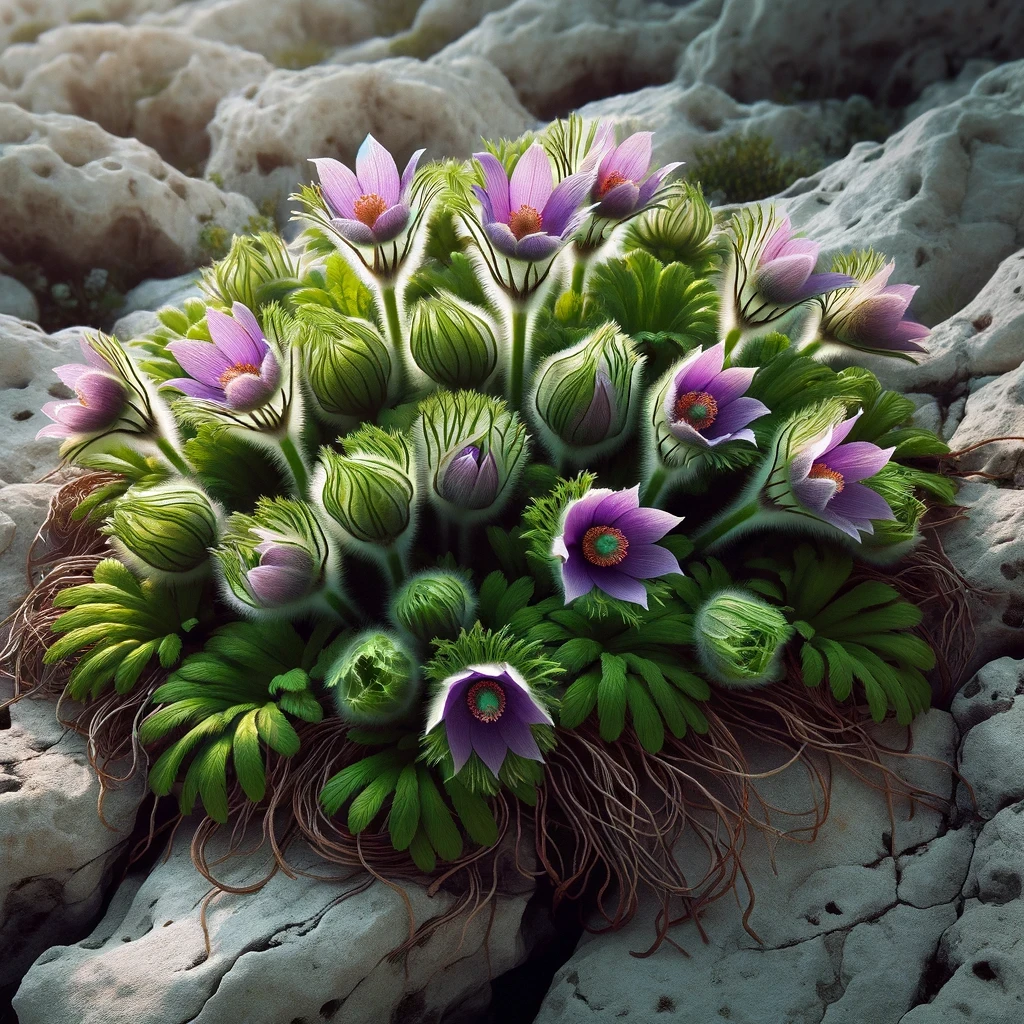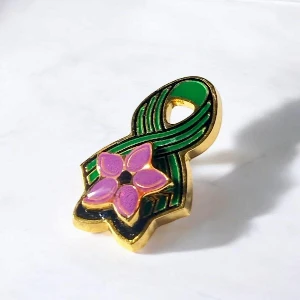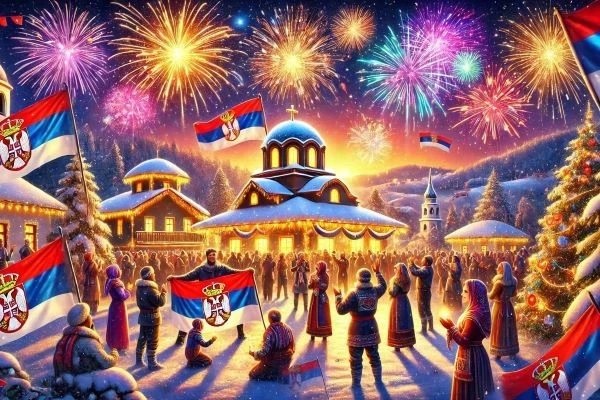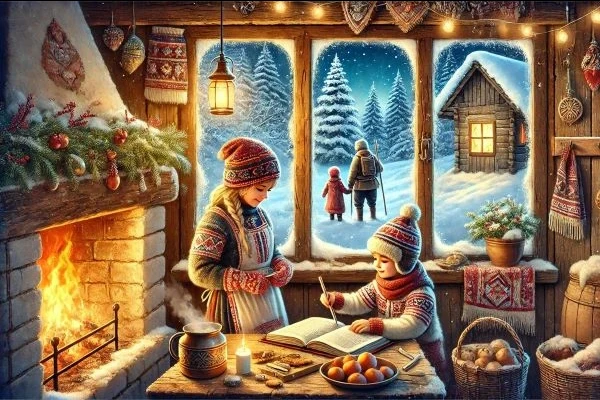What is the Serbian Ramonda: Symbol of the Rebirth of Serbia Teya is singing about
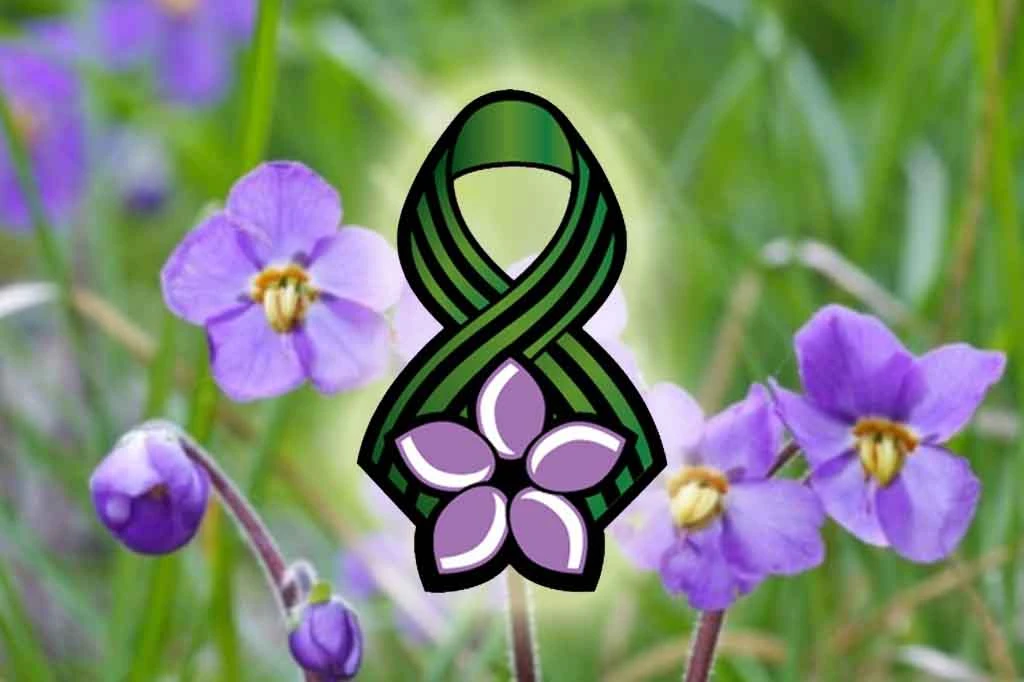
In the world of nature, there is one plant that has a special meaning for the Serbian people - Ramonda serbica, better known as Serbian ramonda. This unusual flower is not only a botanical wonder, but also a powerful symbol of resistance, rebirth, and lasting memory of the victims of the First World War. But what exactly is Serbian ramonda and why does it occupy such a special place in the hearts and history of Serbia?
Rebirth from the Heart of the Balkans
Serbian ramonda is an endemic type of plant that occurs naturally only on the Balkan Peninsula, especially in Serbia, where its name comes from. This plant belongs to the family Gesneriaceae and is one of two species of the genus Ramonda that can be found in Europe. Its ability to survive extreme drought conditions, and even "come to life" after being completely dried out, is why it has become a symbol of resilience and reawakening.
The importance of Serbian Ramonda
The importance of the Serbian Ramonda transcended botanical boundaries after it became known as the "Phoenix Flower", due to its extraordinary ability to regenerate. During the First World War, this plant was especially important to the Serbian army, which fought and survived under difficult conditions, often facing the danger of complete destruction. Serbian ramonda symbolizes the memory of those difficult days and honors not only those who survived, but also those who gave their lives for freedom.
Where and How Does Serbian Ramonda Grow?
Serbian ramonda most often grows on rocky terrain and limestone gorges, where it is protected from direct sunlight. Although its water needs are minimal, this plant can absorb moisture from the air, allowing it to survive long periods of drought. When conditions become favorable, Ramonda serbica "comes to life", regaining its green leaves and blooming with beautiful purple flowers.
Badge of Ramonda as a Symbol of Remembrance
Today, Serbian ramonda is not only an object of scientific research and admiration of nature lovers, but has also become an important symbol used for commemorative purposes. The Ramonda badge is used in Serbia as a symbol of remembrance of suffering and heroism during the First World War. Wearing the Ramonda badge on Armistice Day, November 11, became a way to honor those who fought for Serbia's freedom.
Lila Ramonda and Teya at Eurovision
As part of our fascinating story about Serbian Ramonda, we cannot help but mention Teya, the talented singer who presented this plant at the Eurovision Song Contest, singing the song "Ramonda". Tey's Eurovision performance is not just a musical spectacle; it is an emotional tribute to the strength, beauty and symbolism of Serbian Ramonda. Through her song, Teya not only conveyed the melody of the heart, but also raised awareness of Ramonda as a symbol of resilience and renewal, thus connecting Serbia's rich history and natural heritage to contemporary audiences around the world. Her performance becomes a bridge that connects the past with the present, while the song "Ramonda" resonates as an anthem of hope and peace.
Where to Buy Serbian Ramonda?
For everyone who wants to preserve the memory of Serbia's historical heritage and show respect for its heroes, the Ramonda badge can be purchased at SerbianShop. Our online store offers a wide range of products that celebrate Serbian culture, history, and tradition, including the Ramonda badge, which symbolizes rebirth, resilience, and eternal memory.
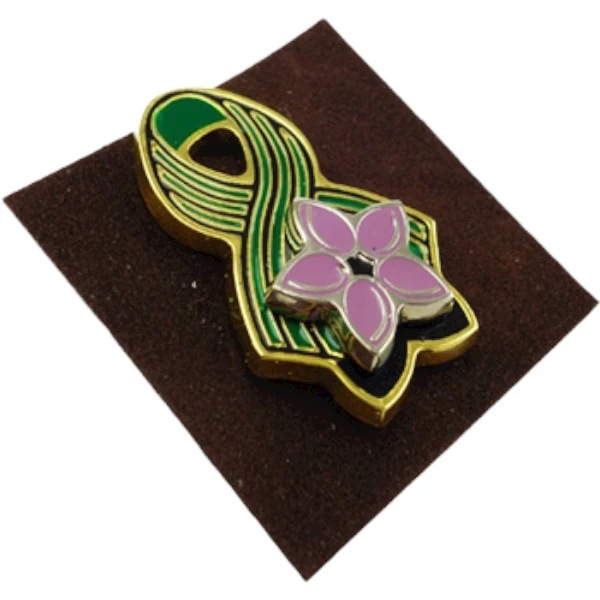
Watch our video of the Serbian Ramonda batch:
https://youtube.com/shorts/QnnBAxquftk?si=mCXeB3_Dt_3rK_4x
#SrpskaRamonda #CvetFeniks #Sećanje #PonovnoRođenje #SerbianShop
Related products
Read also
Who was Saint Sava and what was his contribution?
"Saint Sava: A Beloved Serbian Saint with a Rich Legacy and Cultural Significance"
…Serbian New Year: Tradition, Customs and How to Celebrate it
The Serbian New Year, also known as the Orthodox New Year, is celebrated on…
Gifts Inspired by Serbian Culture: Authentic Ideas for the Holidays
The holidays are a time of giving, and finding the perfect gift is often a challenge.…
Traditional Serbian Christmas Customs: How to Cultivate Them in Modern Times?
Christmas is the most joyous holiday in Orthodox Christianity, a time when families…
How to Bring the Spirit of Orthodox Tradition into Your Home This Winter?
Winter is the perfect time to bring warmth, togetherness and the spirit of Orthodox…
Serbian Souvenirs: Perfect New Year's Gifts for All Tastes
New Year is the time of giving, and what is more beautiful than a gift that…
How to stay productive and not waste an entire day on Black Friday shopping
Black Friday is a day full of amazing discounts, but it can easily become exhausting…
Folk Beliefs and Customs for Saint Aranđel - Assembly of Holy Angels
Saint Michael the Archangel, who is celebrated…
Folk Beliefs and Customs for Đurđić - Glory of St. George
Đurđić, the feast of St. George, celebrated on November 16, is one of the most…
Smart shopper's guide: How to make the most of Black Friday
Black Friday is the most famous shopping event of the year that offers huge…
The history of Black Friday: How it all began and why it continues
Black Friday, known as the biggest discount day of the year, today attracts…
Gifts for Children in the Diaspora: How to Nurture the Connection with the Language, Culture and Tradition of Serbia
Children who grow up in the diaspora face specific challenges - they lose contact…

Apply for newsletter
Sign up for the Serbianshop newsletter and get a 10% discount.


